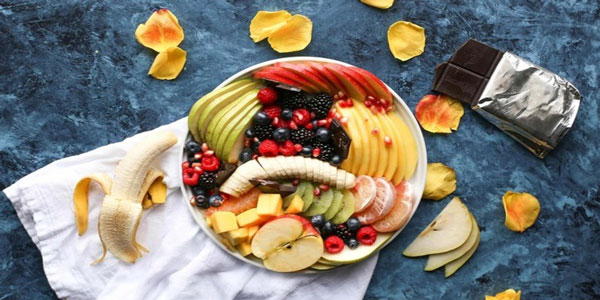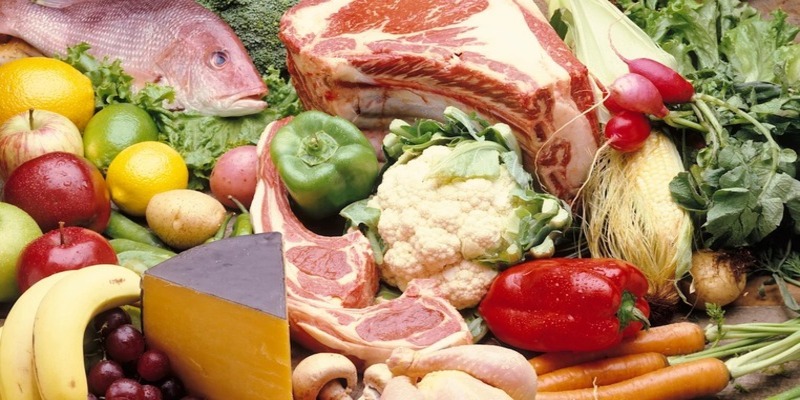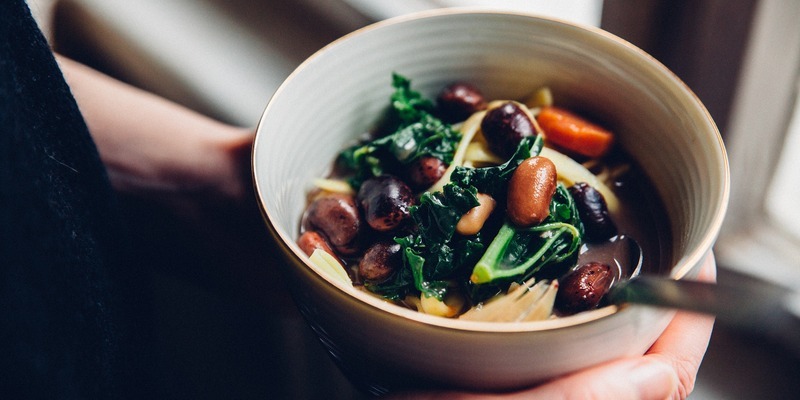
A nutrition professor at Penn State University, created the Volumetrics diet to provide a nutritional strategy that places more emphasis on establishing and maintaining healthy eating habits than on adhering to a predetermined, controlled meal plan.
Focusing on "energy density" and "nutrient density," the Volumetrics series of books is a must-read for anybody interested in nutrition. When comparing the caloric content of different foods, "energy density" refers to how many calories are contained in a specific serving size.
Similarly, nutrient-dense meals have few calories but a high concentration of beneficial nutrients, often without using unhealthy fats, excessive salt, or processed sweets. Foods like fruits and vegetables, whole grains, and low-fat dairy products are emphasized on the Volumetrics diet since they are low in energy density while also high in nutritional density.
However, it is advised to cut back on high-energy-dense meals, such as those that are heavy in harmful fats or sugar and low in water content. The concept is that if you consume foods low in calories but high in water and other nutrients like fiber, you can keep your hunger at bay while your body burns fat.
Here's How It Operates

The formula for determining calorie density is laid out in great detail in Dr. Rolls's book. To calculate the calorie content of a certain serving size, you need to divide the total amount of calories by the weight in grams.
There will be a number between zero and nine as a result. In general, foods high in water content, like broccoli, have a low-calorie density, whereas sweets and processed meals, such as dark chocolate, tend to have a high-calorie density.
Meals on the Volumetrics Diet should mostly consist of meals from Category 1, with some selections from Category 2 included for variety and to fill out the plate. Extremely restricted amounts of Category 4 foods are OK, while Category 3 items are fine in moderation.
The diet's normal meal plan gives about 1,400 calories daily, but you can add snacks or increase portions to meet your calorie objectives. The Volumetrics Diet has no truly forbidden foods.
High-calorie items can be included if you watch your portion sizes and make other changes to your diet. The diet also recommends a daily exercise of 30-60 minutes. Keeping a log of your workouts and meals can help you measure your progress and pinpoint problem areas.
Is It Effective For Reducing Appetite And Weight?
Even though the Volumetrics Diet has yet to be studied extensively, the principles it's built on have been shown to help people slim down.
Encourages Eating Less Fat
Choose foods that are low in calorie density for optimal results. Despite their high volume, these meals are rather common in calories, so you can eat many without gaining weight.
Additionally, high-calorie-density meals were linked to higher weight gain in research that followed over 50,000 women for eight years. Suppressing hunger and satisfying cravings may be aided by selecting low-calorie foods, which may facilitate weight reduction.
Calorie-dense meals were associated with decreased desires, enhanced fullness, and decreased appetite during a 12-week trial, including 96 overweight and obese women.
Motivates Regular Exercise
Working out is a crucial part of the Volumetrics Diet. The plan suggests increasing your energy expenditure, or the number of calories expended each day, to maximize weight reduction by at least 30-60 minutes.
Additional Health Benefits

Multiple other potential health advantages of the Volumetrics Diet have been proposed.
It May Improve Diet Quality
The Volumetrics Diet has the potential to improve nutrient intake and reduce the risk of nutritional deficiencies by promoting low-calorie meals that are high in fiber, vitamins, and minerals. Additionally, several studies have found a correlation between low-calorie-density diets and higher-quality meals.
Avoids Processed Foods
Even though the Volumetrics Diet doesn't outright forbid any foods, those with a high-calorie density, including most processed foods, should be limited. Most processed foods are low in fiber, protein, vitamins, and minerals and tend to be higher in calories, fat, sugar, and salt. In addition, eating processed meals has been linked to an increased danger of developing cancer, cardiovascular disease, and dying premature.
Durable And Adaptable
The Volumetrics Diet is not another passing trend but a way of life. More self-awareness in the kitchen means more opportunities to choose lower-calorie items like fresh produce. Nothing is off-limits on this diet, so you can still eat all your favorites with a few substitutions and creative cooking. Because of this, the Volumetrics Diet may be a viable option for those who need dietary freedom and long-term sustainability.



